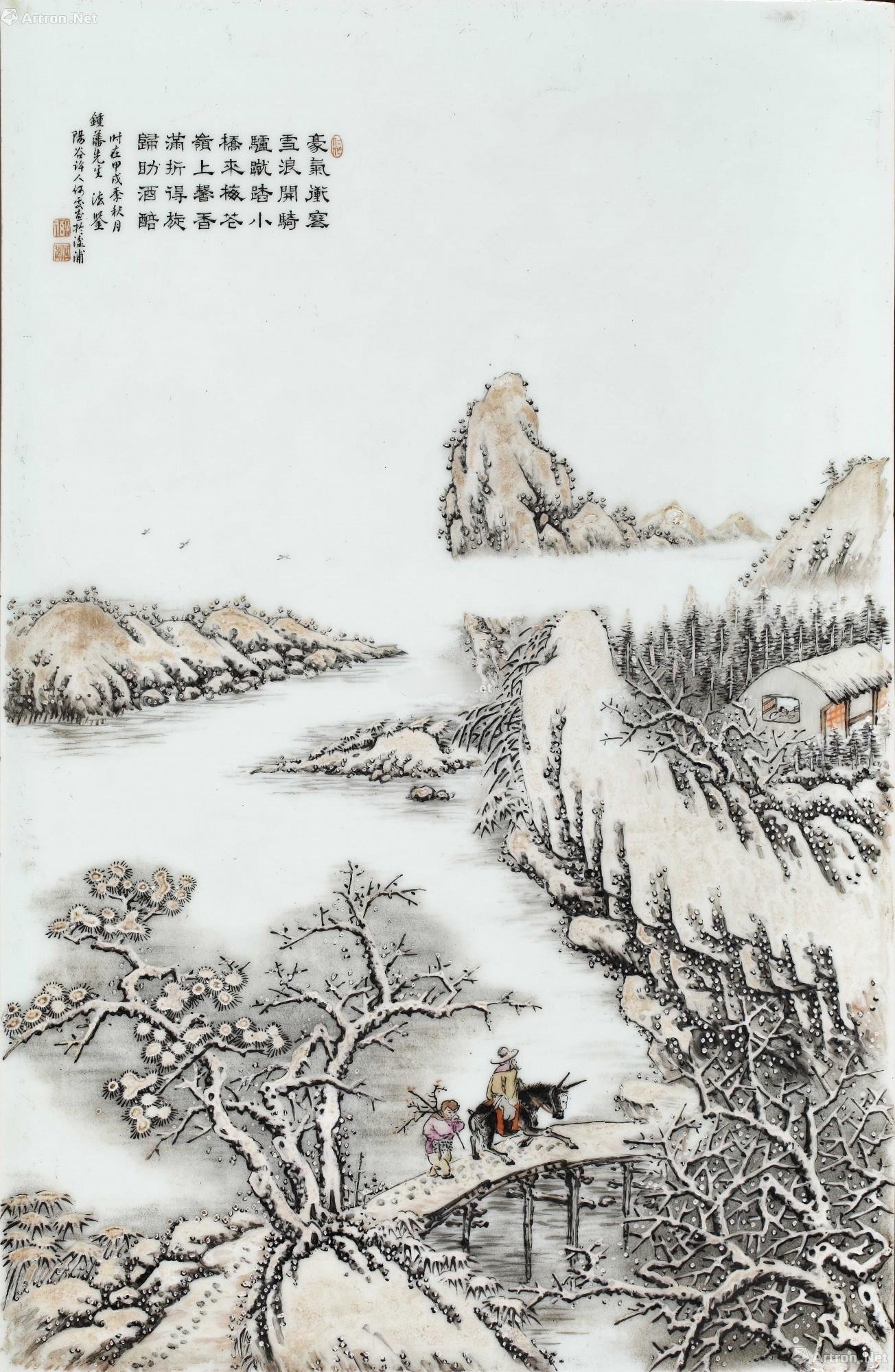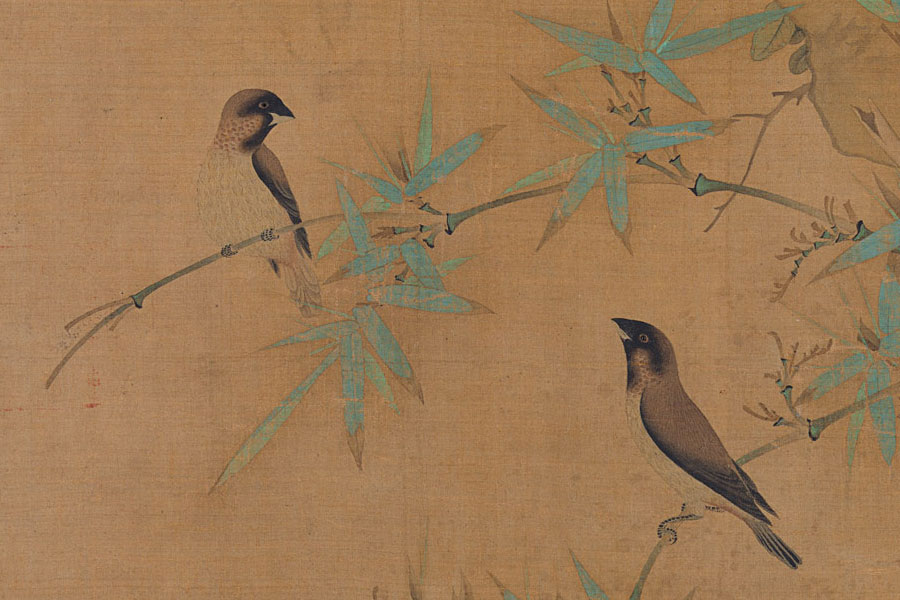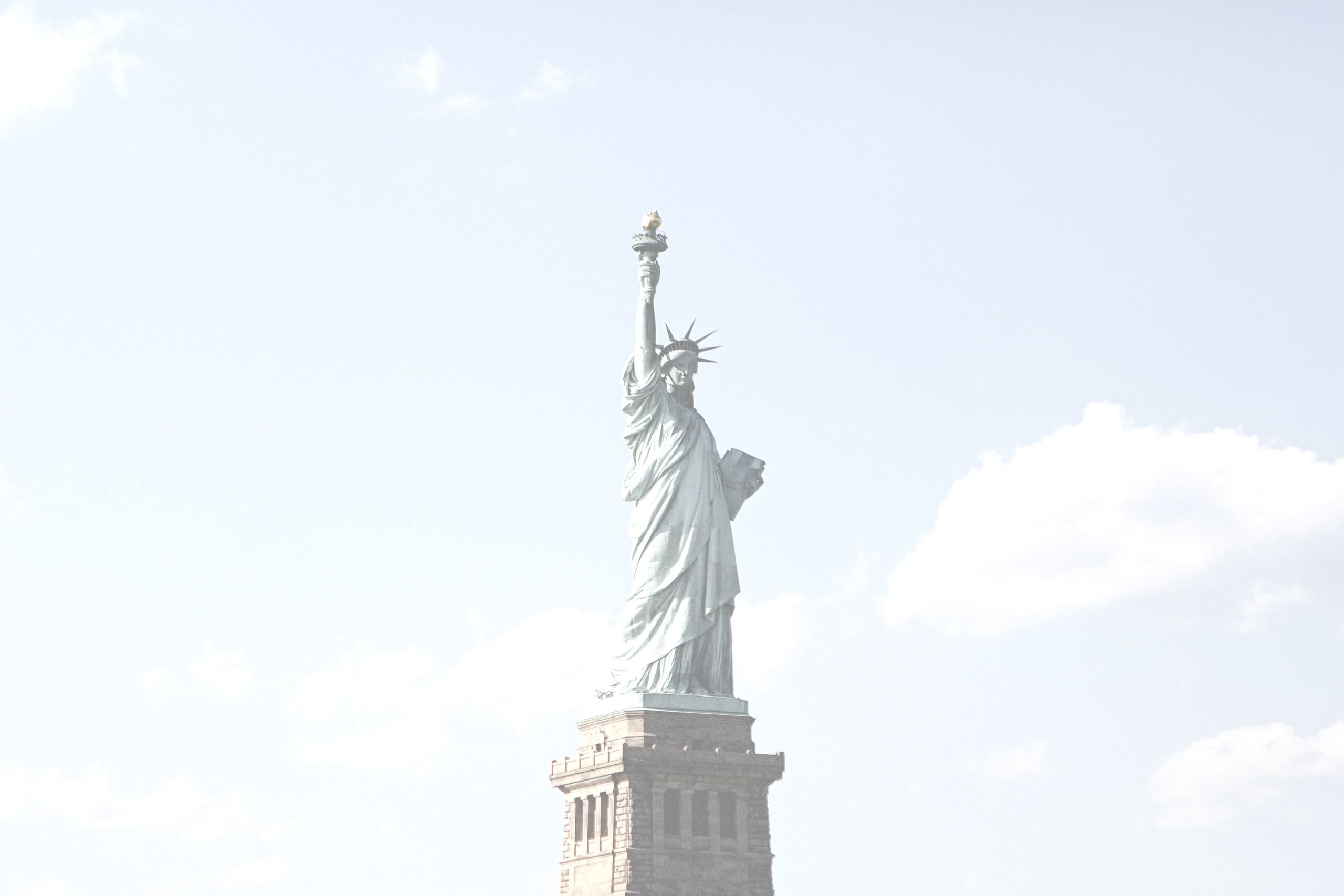The Birdman : L’Envol et L’Échange
L’autre jour, Guodong Zhang, le codirecteur de la galerie boutique Loongese, nous a envoyé ce petit mot fort pertinent au sujet de l’œuvre L’Échange : Je trouve que The Birdman (L’échange) a peut-être des liens avec L’Oiseau Soleil doré (Golden Sun Bird) qui est un trésor national chinois découvert en 2001 dans les ruines de Jinsha dans la ville de Chengdu, province du Sichuan. En 2005, le Golden Sun Bird a été adopté comme symbole du patrimoine culturel de cette province. J’ai visité le musée et j’ai vu cette relique culturelle lorsque j’ai réalisé un projet à Chengdu en 2009. Cette ressemblance m’a vraiment étonné.
Les illustrations de cet album (The Birdman) qui a été en nomination pour le Prix du Gouverneur du Canada en 2006 ont été réalisées en collaboration avec Stéphan Daigle, mon compagnon. C’est d’ailleurs lui qui a créé le dessin initial.
Moi, cette coïncidence ne m’étonne pas ! Ce n’est pas la première fois qu’une chose semblable se manifeste en lien avec notre travail de création. Il faut comprendre que ce que nous appelons l’inspiration est en fait une percée intuitive dans l’inconscient collectif transtemporel de l’Humanité.
Extrait tiré du magazine littéraire Quill & Quire par Carlyn Zwarenstein
La première chose qu’il faut dire de The Birdman, c’est que les illustrations de la Montréalaise Annouchka Gravel Galouchko et de son partenaire, Stéphan Daigle, sont magnifiques. Avec des motifs complexes de style Gustav Klimt qui remplissent chaque zone brillamment colorée, les illustrations du livre rappellent également Chagall par leur utilisation surréaliste et fantastique des oiseaux et des yeux ainsi que des machines à coudre à tête animale. Les tableaux qui sont de véritables œuvres d’art en elles-mêmes, et s’adaptent merveilleusement bien au texte.
L’histoire de l’auteure torontoise Veronika Martenova Charles est vraie. Une postface de cinq pages décrit avec des photos Noor Nobi, le véritable homme-oiseau de Calcutta, et comment Charles a découvert son histoire dans le Toronto Star et l’a suivie jusqu’en Inde.
Un tailleur qui cousait des vêtements pour bébés, Noor Nobi a eu trois enfants bien-aimés qui ont été tués dans un accident non spécifié. En proie au chagrin, Noor Nobi erre à Calcutta jusqu’à ce qu’il soit frappé par la vue de nombreuses cages remplies d’oiseaux. “Pauvres créatures ! Autrefois, elles étaient libres et aujourd’hui, elles sont malheureuses “, pense-t-il. “L’existence est si précieuse et fragile. En un instant, elle peut changer ou nous être arrachée.” Conscient que rien ne peut ramener ses enfants, Noor Nobi décide dans un moment de rédemption d’aider les oiseaux.
Capable de n’acheter qu’un oiseau à la fois, Noor Nobi achète une créature et la relâche. Travaillant jour et nuit à coudre des robes, il achète les oiseaux les moins chers et les plus malades, les soigne et les remet en santé, puis les relâche. Six jours par semaine, Noor Nobi est tailleur, mais le lundi il devient l’homme-oiseau, caressant les plumes des oiseaux en les relâchant (quelle belle illustration !) sur un grand banian. Et quand les gens le regardent, ils oublient aussi leurs problèmes.
L’histoire est simple, très touchante et racontée avec élégance, évoquant la couleur de Calcutta, la chaleur et la vie difficile de ses habitants. Et – permettez-moi de le répéter – les illustrations sont exquises.
The Birdman: The Flight and the Exchange
The other day, Guodong Zhang, the co-director of the Loongese boutique gallery, sent us this very relevant word about the work The Exchange: I find that The Birdman may have links with Golden Sun Bird, a Chinese national treasure discovered in 2001 in the ruins of Jinsha in Chengdu City, Sichuan Province. In 2005, the Golden Sun Bird was adopted as a symbol of the province’s cultural heritage. I visited the museum and saw this cultural relic when I realized a project in Chengdu in 2009. This resemblance really surprised me.
The illustrations for this album (The Birdman), which was nominated for the Governor’s Award of Canada in 2006, were done in collaboration with Stéphan Daigle, my companion. It is besides him who created the initial drawing.
Me, this coincidence does not surprise me! This is not the first time that a similar thing has manifested itself in connection with our creative work. It must be understood that what we call inspiration is in fact an intuitive breakthrough in the transtemporal collective unconscious of Humanity.
Excerpt from Quill & Quire literary magazine by Carlyn Zwarenstein
The first thing to say about The Birdman is that the illustrations by Montreal’s Annouchka Gravel Galouchko and her partner, Stéphan Daigle, are beautiful. With intricate Gustav Klimt motifs filling every brightly colored area, the book’s illustrations are also reminiscent of Chagall’s surreal and fantastic use of birds and eyes as well as animal-headed sewing machines. The paintings are real works of art in themselves, and adapt wonderfully well to the text.
The story of Toronto author Veronika Martenova Charles is true. A five-page afterword portrayed with pictures of Noor Nobi, the real birdman of Calcutta, and how Charles discovered his story in the Toronto Star and followed it to India.
A tailor who sewed baby clothes, Noor Nobi had three beloved children who were killed in an unspecified accident. Grieved, Noor Nobi wanders to Calcutta until he is struck by the sight of many cages full of birds. “Poor creatures, once they were free and today they are unhappy,” he thinks. “Existence is so precious and fragile, in an instant it can change or be torn from us.” Aware that nothing can bring back his children, Noor Nobi decides in a moment of redemption to help the birds.
Able to buy one bird at a time, Noor Nobi buys a creature and releases it. Working day and night to sew dresses, he buys the cheapest and sickest birds, cares for them and puts them back in good health, then releases them. Six days a week, Noor Nobi is a tailor, but on Monday he becomes the bird-man, stroking the feathers of the birds by releasing them (what a beautiful illustration!) On a big banyan tree. And when people look at it, they also forget about their problems.
The story is simple, very touching and told with elegance, evoking the color of Calcutta, the heat and the difficult life of its inhabitants. And – let me repeat – the illustrations are exquisite.









